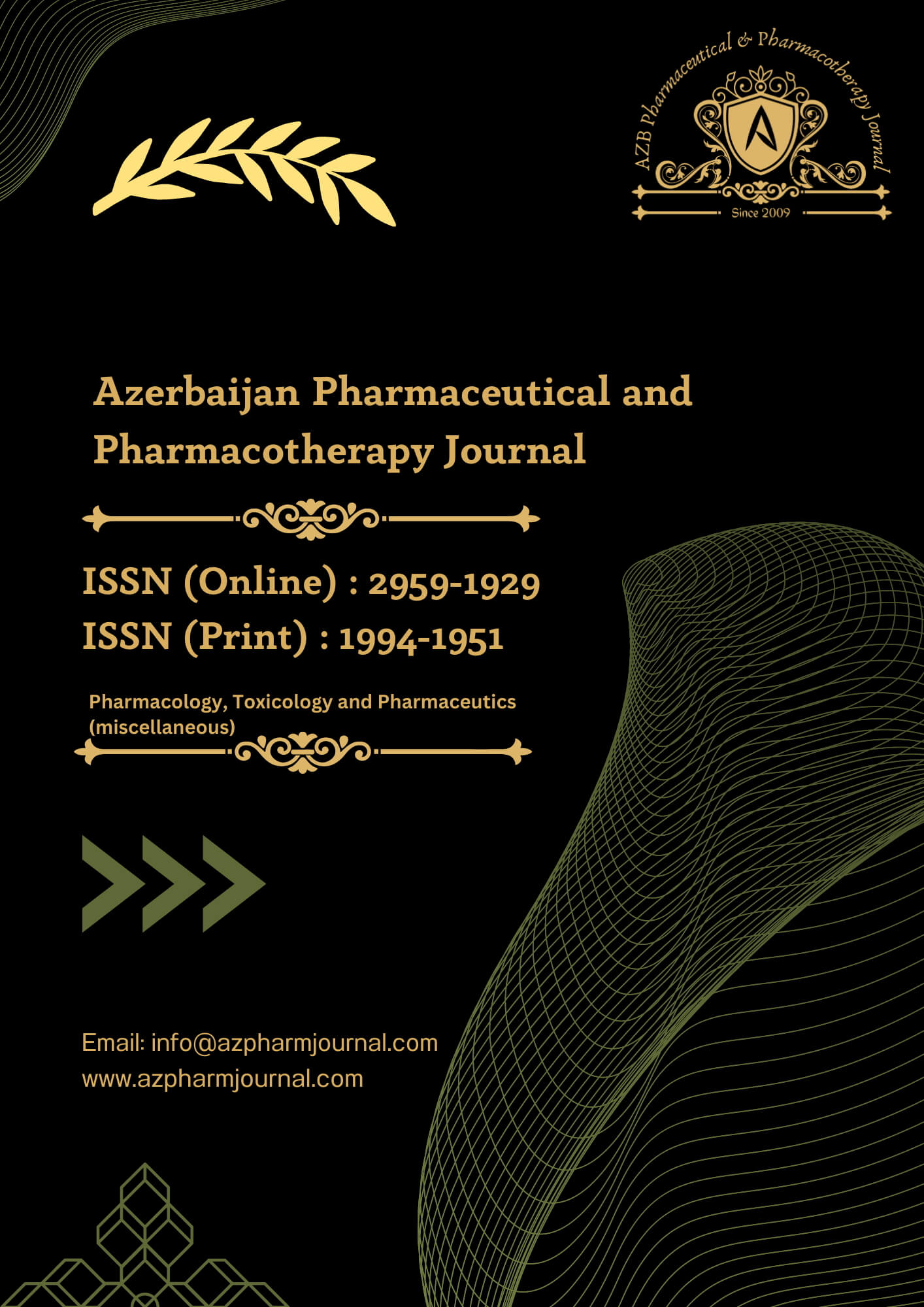The study included 185 patients with Type II diabetes, comprising 98 males (53%) and 87 females (47%). The average age of participants was 55.23 years, with a standard deviation of 3.56 years. On average, patients had been living with diabetes for 8.5 years. The mean BMI was 28.5 kg/m², with a range between 22 and 35 kg/m², indicating that most participants were overweight or borderline obese.
Table 1: Demographic and Clinical Characteristics of Patients
|
Characteristic
|
Value
|
|
Number of Patients
|
185
|
|
Gender
Male
Female
|
98 (53%)
87 (47%)
|
|
Mean Age (years)
|
55.23±3.56
|
|
Mean Duration of Diabetes (years)
|
8.5
|
|
BMI (kg/m²)
|
28.5 (Range: 22-35)
|
The analysis of tissue types revealed that 75% of patients experienced beta-cell depletion in the pancreas, with an average severity of 6.5 on a scale of 1-10. Abnormal islet cell morphology affected 68% of patients, with a mean severity of 5.0. Liver fibrosis and steatosis were observed in 58% and 64% of patients, with severity scores of 4.8 and 5.6, respectively. In the kidneys, 72% of patients showed basement membrane thickening, while 65% exhibited glomerular hypertrophy, with mean severities of 6.2 and 5.4. Additionally, 70% of patients had accumulation of advanced glycation end-products (AGEs) across multiple organs, with a mean severity of 6.7.
Table 2: Histopathological Findings
|
Tissue Type
|
Feature
|
Patients Affected (%)
|
Mean Severity (Scale 1-10)
|
|
Pancreas
|
Beta-Cell Depletion
|
139 (75%)
|
6.5
|
| |
Abnormal Islet Cell Morphology
|
126 (68%)
|
5.0
|
|
Liver
|
Fibrosis
|
107 (58%)
|
4.8
|
| |
Steatosis
|
118 (64%)
|
5.6
|
|
Kidney
|
Basement Membrane Thickening
|
133 (72%)
|
6.2
|
| |
Glomerular Hypertrophy
|
120 (65%)
|
5.4
|
|
Multiple Organs
|
Accumulation of AGEs
|
130 (70%)
|
6.7
|
The hormone analysis showed that 60% of patients had abnormal fasting insulin levels, with a mean value of 20.5 µU/mL, exceeding the normal range of 2-20 µU/mL. C-Peptide levels were elevated in 52% of patients, with a mean of 3.2 ng/mL compared to the normal range of 0.5-2.0 ng/mL. Glucagon levels were abnormal in 55% of patients, averaging 200 pg/mL, the upper limit of the normal range (50-200 pg/mL). Leptin levels were elevated in 65% of patients, with a mean of 25 ng/mL, far above the normal range of 5-15 ng/mL. Additionally, 62% of patients had abnormal adiponectin levels, with a mean of 4.5 µg/mL, which is below the expected normal range of 5-30 µg/mL. Cortisol levels were abnormal in 56% of patients, with a mean value of 18 µg/dL within the normal range of 10-30 µg/dL.
Table 3: Hormonal Profile
|
Hormone
|
Mean Value
|
Normal Range
|
Patients with Abnormal Levels (%)
|
|
Fasting Insulin
|
20.5 µU/mL (Range: 8-45 µU/mL)
|
2-20 µU/mL
|
111 (60%)
|
|
C-Peptide
|
3.2 ng/mL (Range: 1.0-5.5 ng/mL)
|
0.5-2.0 ng/mL
|
97 (52%)
|
|
Glucagon
|
200 pg/mL (Range: 150-350 pg/mL)
|
50-200 pg/mL
|
102 (55%)
|
|
Leptin
|
25 ng/mL (Range: 10-50 ng/mL)
|
5-15 ng/mL
|
120 (65%)
|
|
Adiponectin
|
4.5 µg/mL (Range: 2.0-10.0 µg/mL)
|
5-30 µg/mL
|
115 (62%)
|
|
Cortisol
|
18 µg/dL (Range: 10-30 µg/dL)
|
6-23 µg/dL
|
104 (56%)
|
The correlation analysis revealed a strong negative correlation between beta-cell depletion and fasting insulin (r = -0.68, p < 0.001), indicating that as beta-cell depletion increases, fasting insulin levels significantly decrease. There was a moderate negative correlation between liver fibrosis and adiponectin (r = -0.52, p < 0.01), suggesting that greater fibrosis is associated with lower adiponectin levels. A strong positive correlation was observed between kidney basement membrane thickening and glucagon (r = 0.63, p < 0.001), indicating that increased thickening corresponds with higher glucagon levels. The accumulation of AGEs and cortisol showed a moderate positive correlation (r = 0.58, p < 0.01), implying that higher AGE accumulation is associated with elevated cortisol levels.
Table 4: Correlation Analysis Between Histopathological Features and Hormonal Profile
|
Correlation Pair
|
Correlation Coefficient (r)
|
P-Value
|
Interpretation
|
|
Beta-Cell Depletion & Fasting Insulin
|
-0.68
|
<0.001
|
Strong negative correlation
|
|
Liver Fibrosis & Adiponectin
|
-0.52
|
<0.01
|
Moderate negative correlation
|
|
Kidney Basement Membrane Thickening & Glucagon
|
0.63
|
<0.001
|
Strong positive correlation
|
|
Accumulation of AGEs & Cortisol
|
0.58
|
<0.01
|
Moderate positive correlation
|
|
Leptin & Hepatic Steatosis
|
0.32
|
<0.05
|
Weak positive correlation
|
The data indicates that as the duration of diabetes increases, the prevalence of complications also rises. For patients with diabetes lasting 5-7 years, 58% experienced beta-cell depletion, 43% had liver fibrosis, 55% showed kidney basement membrane thickening, and 60% had accumulation of AGEs. Among those with 8-10 years of diabetes, the prevalence of these conditions increased to 77%, 65%, 75%, and 72%, respectively. For patients with more than 10 years of diabetes, the percentages further escalated to 89% for beta-cell depletion, 82% for liver fibrosis, 87% for kidney basement membrane thickening, and 85% for AGE accumulation.
Table 5: Distribution of Histopathological Features by Duration of Diabetes
|
Duration of Diabetes (years)
|
Beta-Cell Depletion (%)
|
Liver Fibrosis (%)
|
Kidney Basement Membrane Thickening (%)
|
Accumulation of AGEs (%)
|
|
5-7
|
58% (40/69)
|
43% (30/69)
|
55% (38/69)
|
60% (41/69)
|
|
8-10
|
77% (54/70)
|
65% (46/70)
|
75% (53/70)
|
72% (50/70)
|
|
>10
|
89% (45/46)
|
82% (38/46)
|
87% (40/46)
|
85% (39/46)
|
